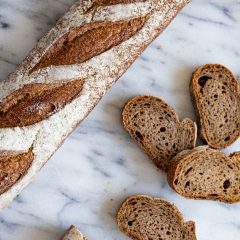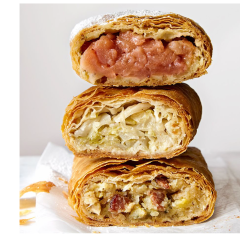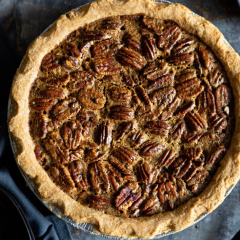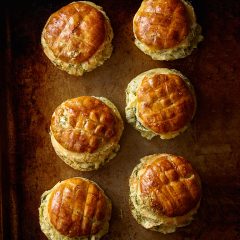
Jake’s Cake from the Bakehouse
Angel food cake to celebrate summer berry season A Bakehouse favorite from many years ago, it’s named after managing partner Amy Emberling’s son Jake, who’s all grown up now, and still loves this cake. It’s soft, fluffy, sweet, and light—“pillowy,” the people at the Bakehouse like to say—heavenly angel food cake made with lots of […]
Read more »





Zingerman’s Art for Sale